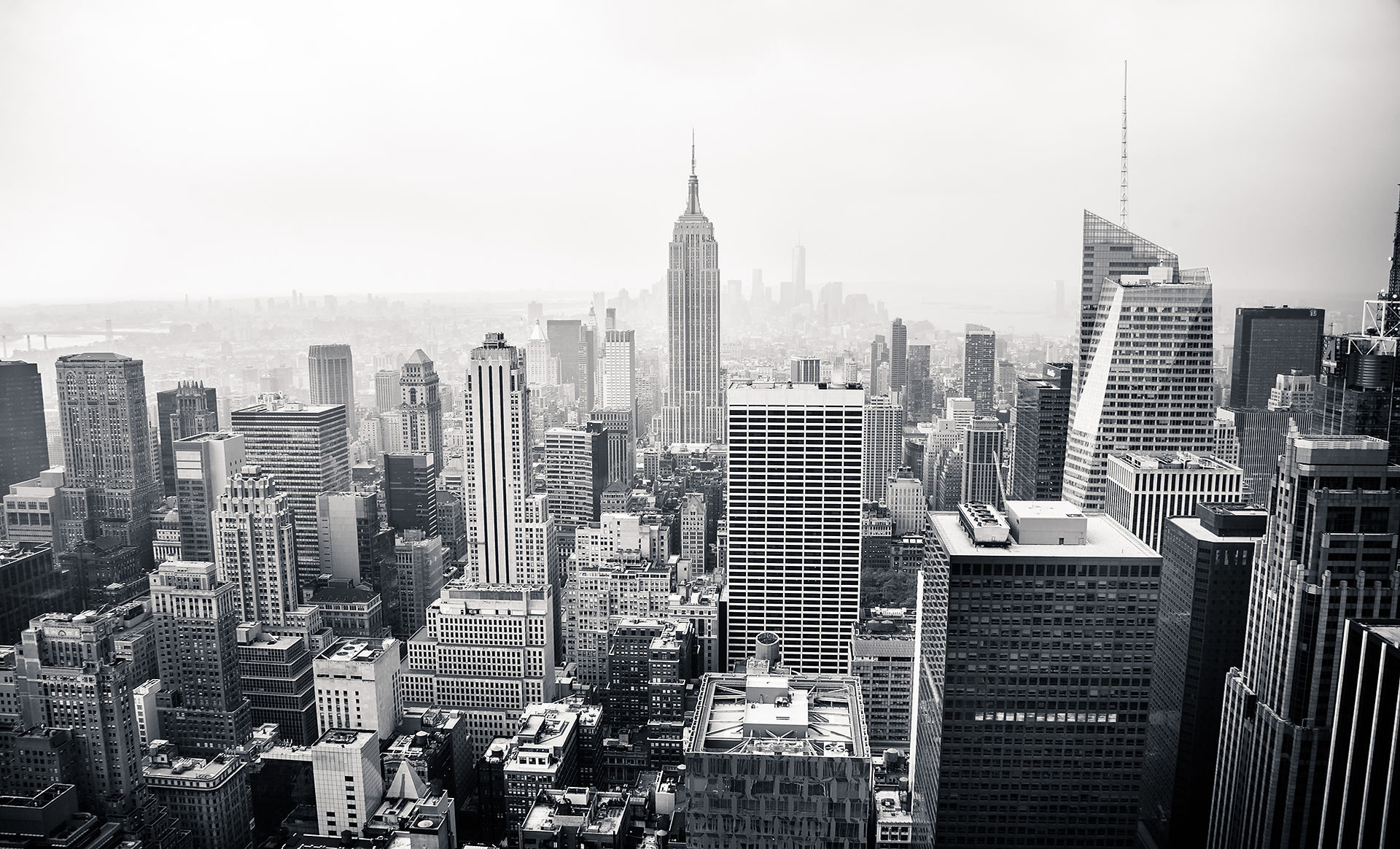French Art History in a Nutshell
- Kate Haveles
- Sep 29, 2015
- 2 min read

French art in the popular imagination is often characterized by the dreamy, dauby landscapes of the Impressionists and the bolder, more vibrant work of 20th-century greats living la vie bohème in Paris. But still more of the genres that we associate with the art historical canon were pioneered in France. Pinpointing the very beginning of “French” art may prove an impossible task, but the region has been rich in creative expression since cave paintings were rendered at Lascaux an estimated 17,300 years ago, making them some of the earliest artistic traces in human history.
Fine art was finessed by the artists of the Académie Royale de Peinture et de Sculpture, an art school established in 1648 as an accessory of the French court. In 1699, the Academy mounted its first exhibition at the Louvre, where it continued to show for 100 years. From 1725 onwards, exhibitions were held in the Salon Carré, and became known simply as “salons.” The art presented in the salons dictated national and international tastes and formed the basis of what we have come to know today as traditional European art.
France’s story following the fall of Louis XVI in 1793 is one of revolution, and its art runs along that same axis. The Academy’s suspension, along with the dissolution of the court and its ultimate restructuring, destabilized the country’s artistic center. French artists responded to the atmosphere of social upheaval and growth with ceaseless innovation. Beginning with the undisputed master of Neoclassicism,Jacques-Louis David, through such ubiquitous art historical standouts asGustave Courbet, Henri Matisse, Marcel Duchamp, and Louise Bourgeois, we present a capsule review of French art history from the 18th century to today.





Comments